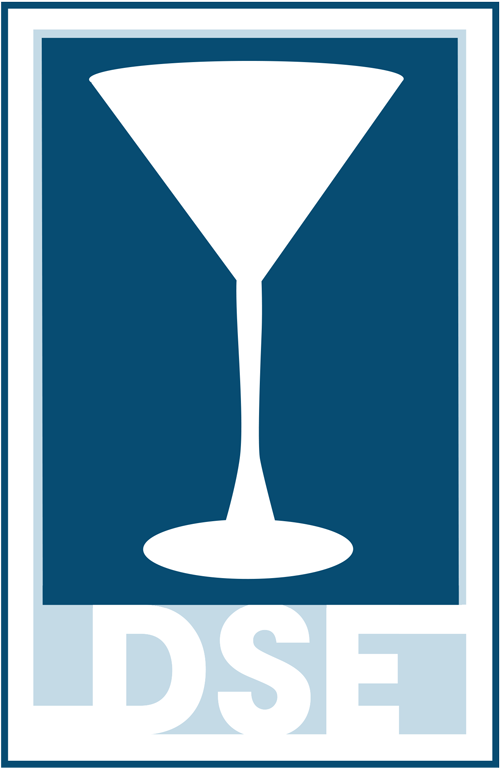How to Navigate Cruise-Ship Wine Lists
Whether you’re going for an all-inclusive drinks deal, buying wine by the bottle or bringing it on board with you, these tips and tricks will help you get the most out of your cruise
Source: WSJ
By LETTIE TEAGUE
Jan. 12, 2017
IF YOU PAID $50,000 for a 141-day cruise to 35 countries and 66 ports, would you want to spend all of that time drinking Pinot Grigio and Sauvignon Blanc? There are plenty of people who would, according to the cruise-line wine directors and sommeliers I spoke with last month.
The wines are two of the most popular on luxury ships-what Silversea Cruises wine ambassador Lawrence d’Almeida calls “mutiny” wines, meaning passengers would rebel if they weren’t on board. Naturally, they are featured on Silversea’s all-inclusive wine list (aka drinks included in the trip price).
Both all-inclusive and priced cruise-ship wine lists have grown in size and sophistication over the years, in line with the overall upgrade in luxury sea travel. More obscure wines like Albariño and Grillo now show up alongside perennial favorites, giving voyagers a chance to explore-if they choose to.
All-inclusive options allow passengers to pay one price up front for unlimited wine and beer during their trip, although the terms may vary. Some ships bundle drinks into the total cost, while others offer add-on packages. For example, Norwegian Cruise Line’s Ultimate Beverage Package, at $79 a person a day, includes any wine priced $15 a glass or less. Some ships feature both. Viking Ocean Cruises offers complimentary house drinks as well as a Silver Spirits Beverage Package that allows passengers to sample wines from the priced list for $19.95 a day.
If this all sounds confusing, it is. Options range widely from one cruise line to the next, as do the quality and breadth of selection. I found quite a few grocery-store staples (Beringer White Zinfandel, Chateau Ste. Michelle Riesling) on Norwegian’s fleet wine list, while Crystal Cruises’s complimentary list features more interesting choices such as La Chablisienne Chablis and Nielson by Byron Pinot Noir-and yes, plenty of Sauvignon Blanc.
Yet guests will rarely see a printed all-inclusive wine list. On most cruise lines, the wine selection is recited by staff or printed on daily menus. This gives sommeliers the flexibility to feature local wines they purchase en route. Viking head sommelier Lorena Merlini said it also allows them to make changes if they run out of a particular wine, while Mr. d’Almeida noted that it keeps passengers from drinking up the most popular offerings.
Crystal Cruises, which offers a printed list upon request, said 80% of guests choose the complimentary selections. “People don’t like to sign a check,” said Toni Neumeister, vice president of food and beverage.
Some cruise lines eschew all-inclusive or drinks packages. Cunard Line offers only a priced wine list, which includes its own private-label bottles. (Other lines, including Norwegian and Crystal, also have private labels.) Bar-service manager Edward Dieusaert said the company considered an all-inclusive option but currently has no plans to change its offerings.
That may be because Cunard has invested a great deal in its priced wine list, easily the most extensive (and expensive) I found in my seven-cruise-line search. I had a look at the list in person when Cunard’s Queen Mary 2 briefly docked in Brooklyn late last month. Chief sommelier Domino De Four and sommelier Andrés Solis took me on a tour of the ship’s restaurants and offered me a taste of the Cunard private-label wines. Its white, rosé and two red Pays d’Oc wines were perfectly serviceable but not particularly good. And at $32 a bottle, they weren’t exactly a great deal.
Wine on a cruise ship is rarely cheap. Most are marked up three, four or even five times wholesale. La Crema Chardonnay, for example, costs about $14 retail but is $65 on the Cunard list. While that kind of markup is in line with most restaurants on land, I had expected better deals at sea given that cruise lines often purchase their wines at duty-free prices, making them all the more affordable for the ships’ wine directors.
‘Pinot Grigio and Sauvignon Blanc are ‘mutiny wines,’ meaning passengers would rebel if they weren’t on board.’
The good news for those who don’t want to pay high prices or drink endless Sauvignon is that most cruises offer passengers the option of bringing their own bottles or buying while ashore-with limitations. Some let guests have as many as 12 bottles; others restrict it to two. Corkage fees also apply.
The other good news is that passengers interested in expanding their horizons beyond Pinot Grigio and Sauvignon Blanc have ample opportunity. Norwegian Escape, for example, debuted a wine bar in partnership with renowned Napa Valley vintner Michael Mondavi about a year ago focusing on wine tasting and education, and Cunard debuted a wine academy last year.
Sommeliers are another great source. I found Cunard’s Messrs. De Four and Solis knowledgeable, with a playful sense of humor about their jobs-and passengers’ tastes. Germans, Mr. Solis said, “like their wines very cold,” while the French like to drink French wines first before trying others-“but they criticize everything,” he added with a laugh. Americans are “the most open-minded,” and the English prefer “wines of decrepitude,” aka over the hill.
Indeed it’s the sommeliers, as I heard over and over from cruise-line wine directors, who ultimately determine passengers’ wine experience, finding wines that please guests (yes to Pinot Grigio) but also guiding them to undiscovered regions. As Mr. Solis said, “Although people like to stick to wines [like] New Zealand Sauvignon Blanc or Sancerre, I try to take them to other places, like Australia or Israel.” And isn’t a new experience the whole point of travel, after all?
